As behavioral scientists, we are always interested in identifying new ways to help people change their behavior to achieve their goals. But we’re not the only group of nerdy researchers who spend all our time obsessing about behavior change. As it turns out, game designers are behavioral nuts, too. That’s right: they intentionally design the environments they create for players to motivate them to achieve different goals. This is called behavioral game design.
In fact, game designers regularly apply a large number of techniques to encourage players to engage in different behaviors. Mostly, these techniques are used for good – to motivate players to explore more of the game or connect with friends through online gameplay. But in the past, game designers have also been called out for using behavior change techniques to encourage less positive behaviors – such as gambling on loot boxes and aggressively pushing in-app purchases. That’s why it’s so important to apply these techniques in ways that are aligned with users’ own goals. With this in mind, let’s take a look at 7 lessons from game design that can help change user behavior.
Behavioral Game Design Lesson 1: Sandboxing: Give Users a Safe Place to Practice
Imagine you have just been to a party and heard, for the thousandth time now, that you should really start investing in cryptocurrency. You are finally convinced that it’s time you took a serious look at the opportunity, but you’re worried about doing something silly and losing all of your hard-earned cash. Enter sandboxing: a great way to help users try out a behavior they are anxious or nervous about.
Sandboxing is when you allow the user to try out a key behavior in a simulated environment or protected area (sandbox) that closely mimics what would happen if they were to enact that behavior in the real environment of interest.
Game designers use this tactic all the time. For example, the wildly popular League of Legends introduced a ‘practice tool’ in 2017 that allowed players to practice their skills with safety options like auto-regenerating health. The tool also lets players put themselves in challenging situations that they know they need to practice for by auto-spawning enemies and turning turret fire on and off.
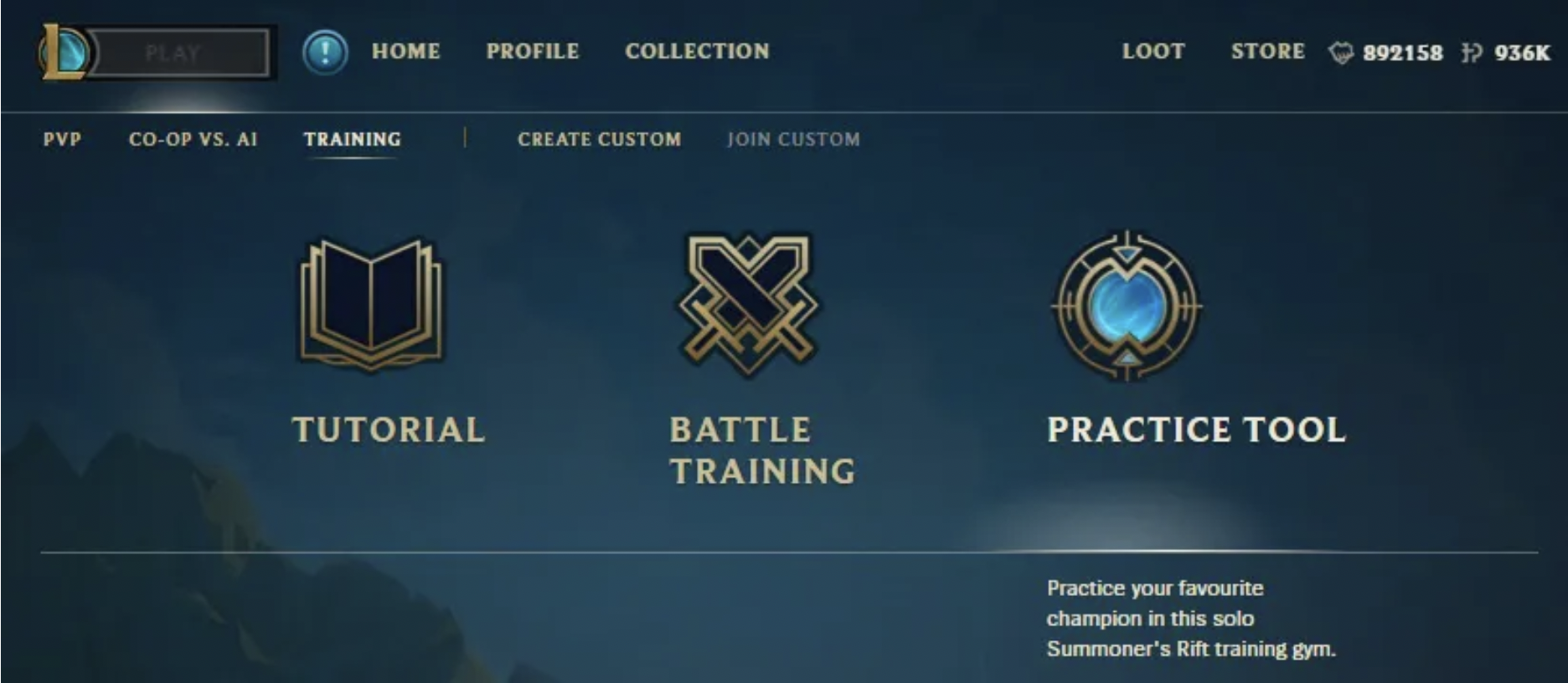
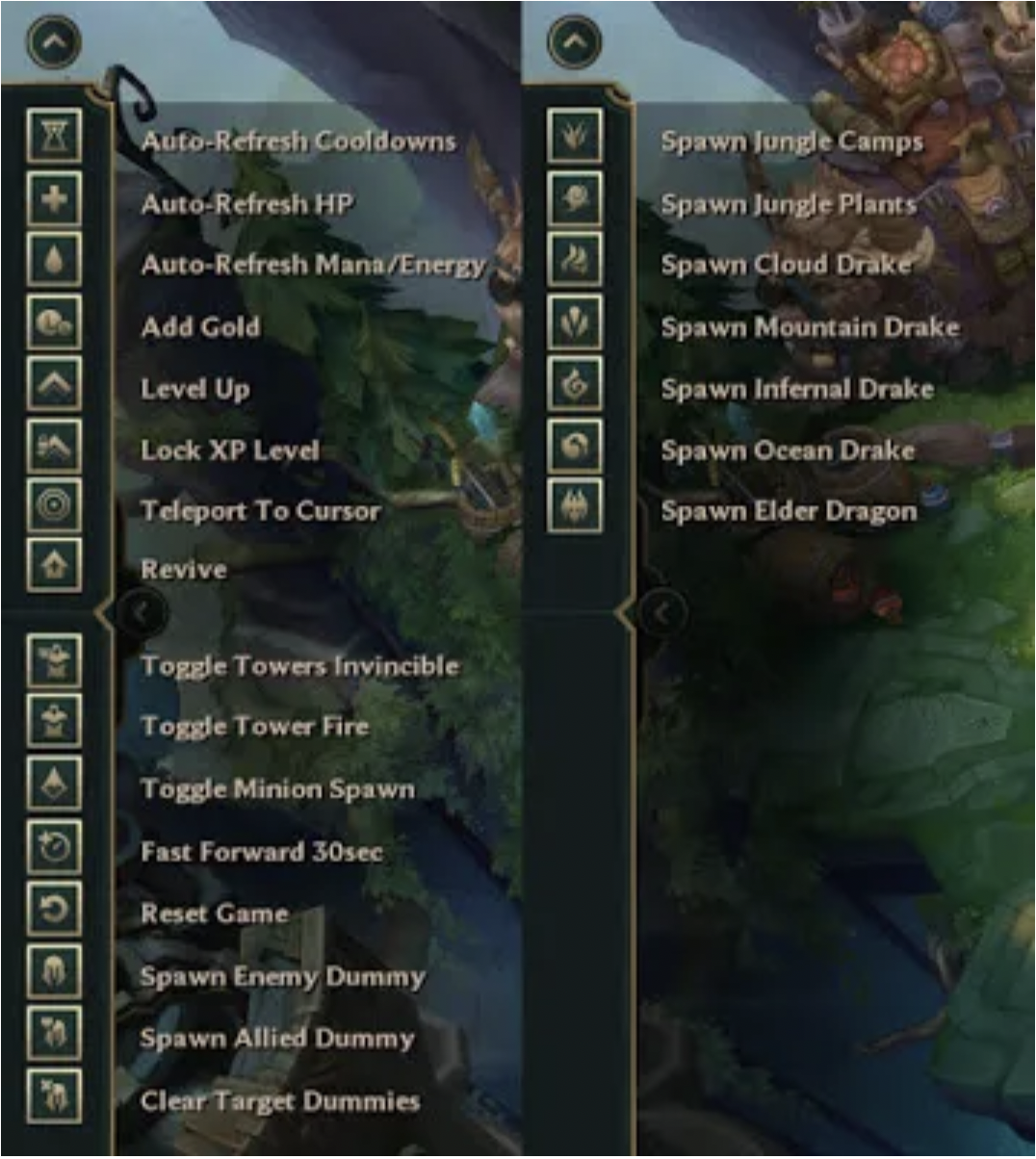
As we know, practice makes perfect. But how can you apply this lesson to help users achieve their desired outcomes in the real world? Etoro lets users practice investing by giving them a free virtual account pre-loaded with $100,000 in simulated cash. Users can then use simulated cash to trade on real stocks and learn how their choices would have played out had they invested for real. Sandboxing, and providing things like practice accounts, gives users the chance to learn through feedback and can help to reduce anxiety arising from risk and regret. At Irrational Labs, we work with product managers to help embed these principles into their products and deliver meaningful outcomes for users.
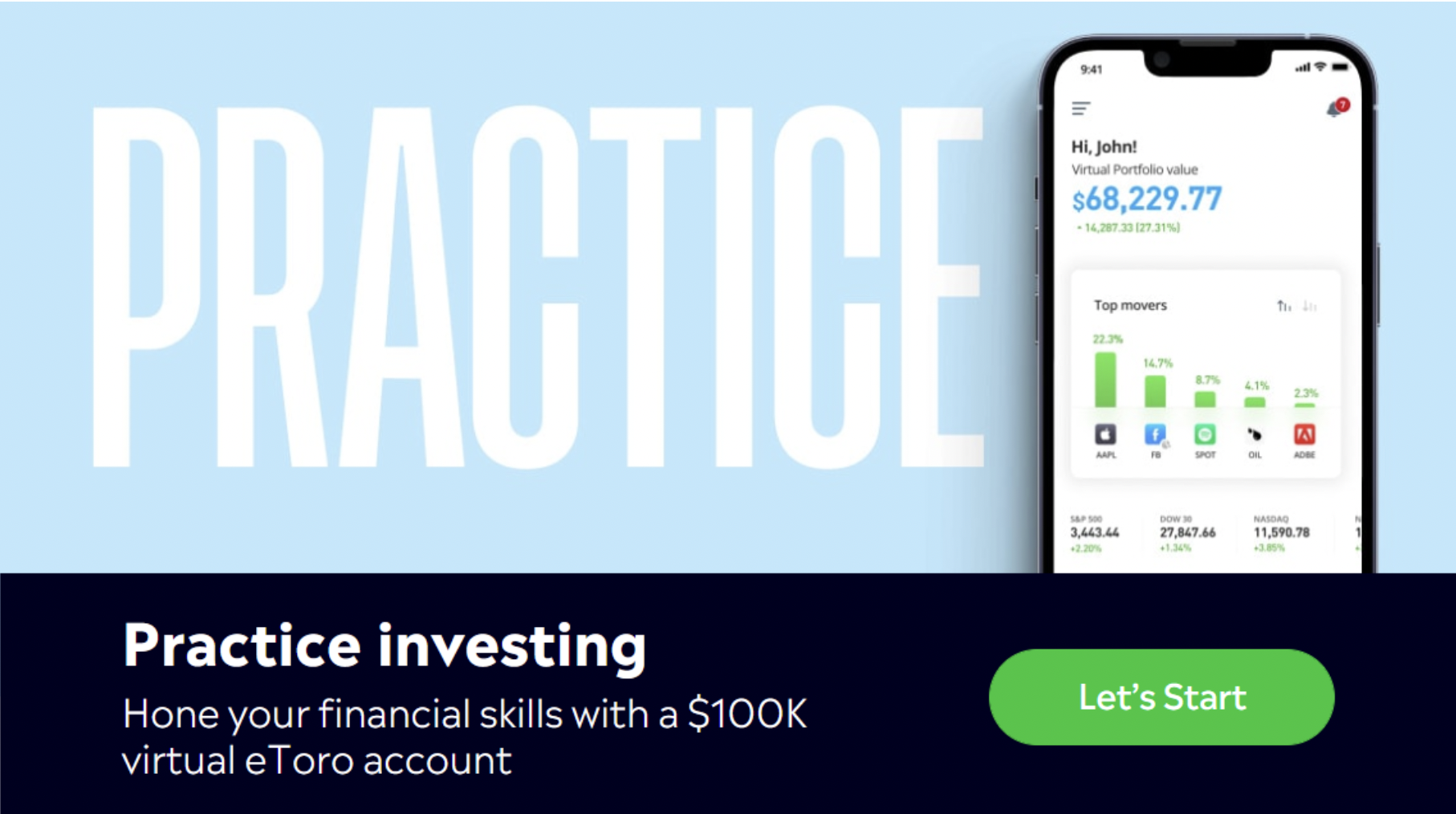
Behavioral Game Design Lesson 2: Fog of War: Reveal Features Gradually
Ever found yourself looking at a particularly complicated app or trying to use a new product with too many features? You probably felt completely overwhelmed by the number of options that were presented to you.
As games grow larger and larger, players can also find it difficult to know where to go – or what to do – when the game map expands. To overcome this issue, game designers often introduce a ‘fog of war’ that grays out, or completely hides from view, certain areas or objectives. At the start of Horizon Forbidden Dawn, the player can only see a very small part of the map with a handful of objectives to complete.

As players become more comfortable and complete certain tasks, new spaces on the map unlock. This keeps the game interesting and helps players learn gradually without wandering aimlessly through too many regions.
In behavioral science terms, the Fog of War is a perfect tactic to prevent cognitive overload, where too many features can be overwhelming and prevent users from doing anything at all. Shrouding advanced features increases the salience of the beginner tools so users can focus on learning those.
For example, the electric scooter company Bird has a ‘beginner mode’ feature where new riders experience slower acceleration for their first few rides to help them practice safely.
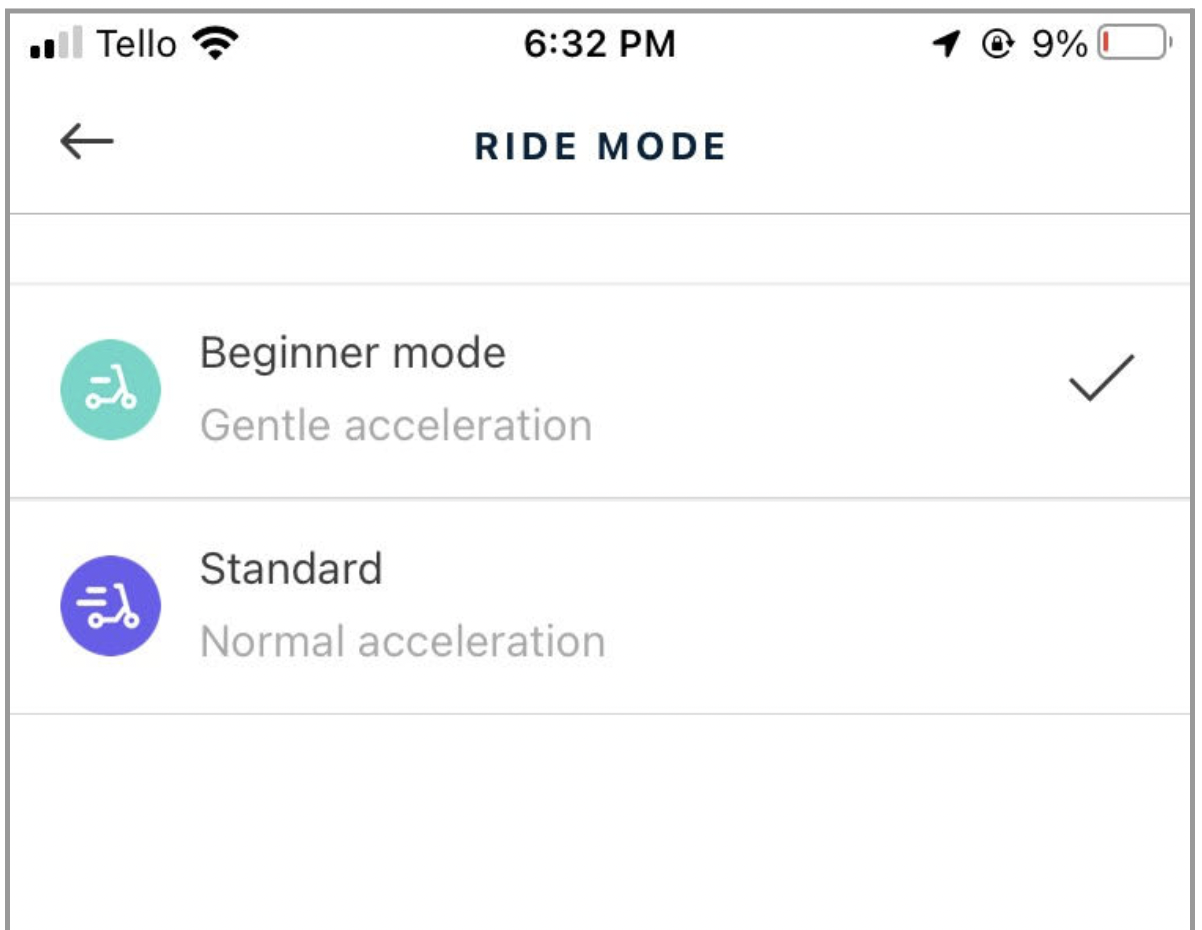
Software programs with large amounts of complex features, like Photoshop, could greatly benefit from this tactic. Many buttons are likely only needed by advanced users and clutter the screen, distracting from the more beginner level buttons. Photoshop could introduce a beginner mode where half of the buttons are grayed out – encouraging new users to take advantage of the most common and easy-to-use features first.
Behavioral Game Design Lesson 3: Loading Screens: Share Tips or Show Effort
The dreaded loading screen. Whether it’s your banking app or your Facebook feed, no one wants to wait for a page to load. Game designers, however, see this as a key opportunity.
Many games take advantage of people’s focused attention on the screen to impart key bits of advice, often focusing on tips that players are likely to need for the next level or event. In Clash of Clans, for instance, loading screens feature useful tips such as ‘upgrade your walls to slow down the enemy.’

Product managers can also use loading screens to deliver important information or tips that users can take advantage of to improve their experience. For example, Slack provides loading screen tips informing users how to customize their side bar colors.
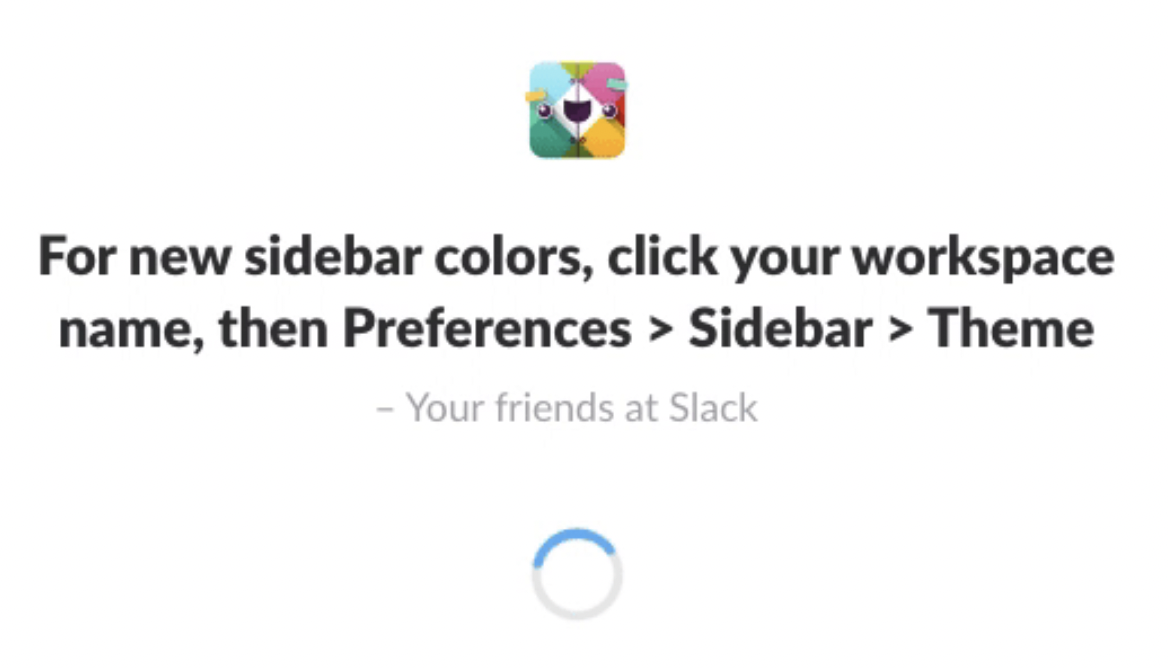
But loading screens present game designers and product managers alike with another opportunity: to highlight how much effort they put into giving users just what they need. When Uber is working to find you a ride, they tell you that they are actively searching for you and allow you to click on an information button to learn more about how they calculate your arrival time. This increases users’ trust in the product, and can also increase customers’ valuation of the product.
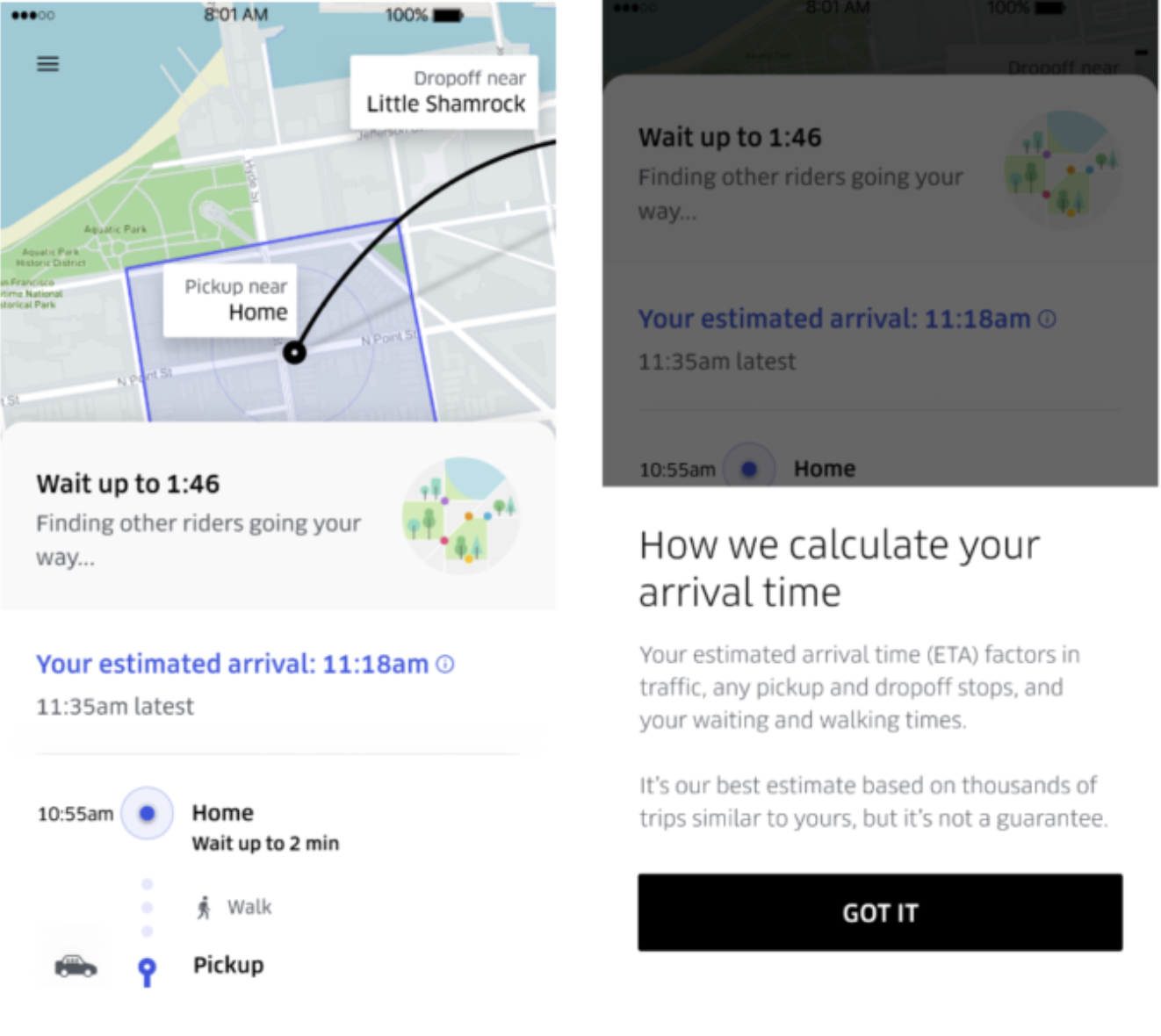
Behavioral Game Design Lesson 4: Give Free Samples of Unlockable Content
We’ve all heard the phrase, ‘You don’t know what you’ve got ‘til it’s gone.’ And it’s true: users often struggle to understand the benefits of product features before using them.
Game designers use this technique to great effect. There are many classic examples where players start a game as the most powerful version of the character they are playing. In Metroid Prime, players start with all of Samus’s equipment – including a rocket cannon – only to have it taken away after the first few minutes of gameplay. Trust me, there is no greater pain than suddenly losing your rocket cannon!
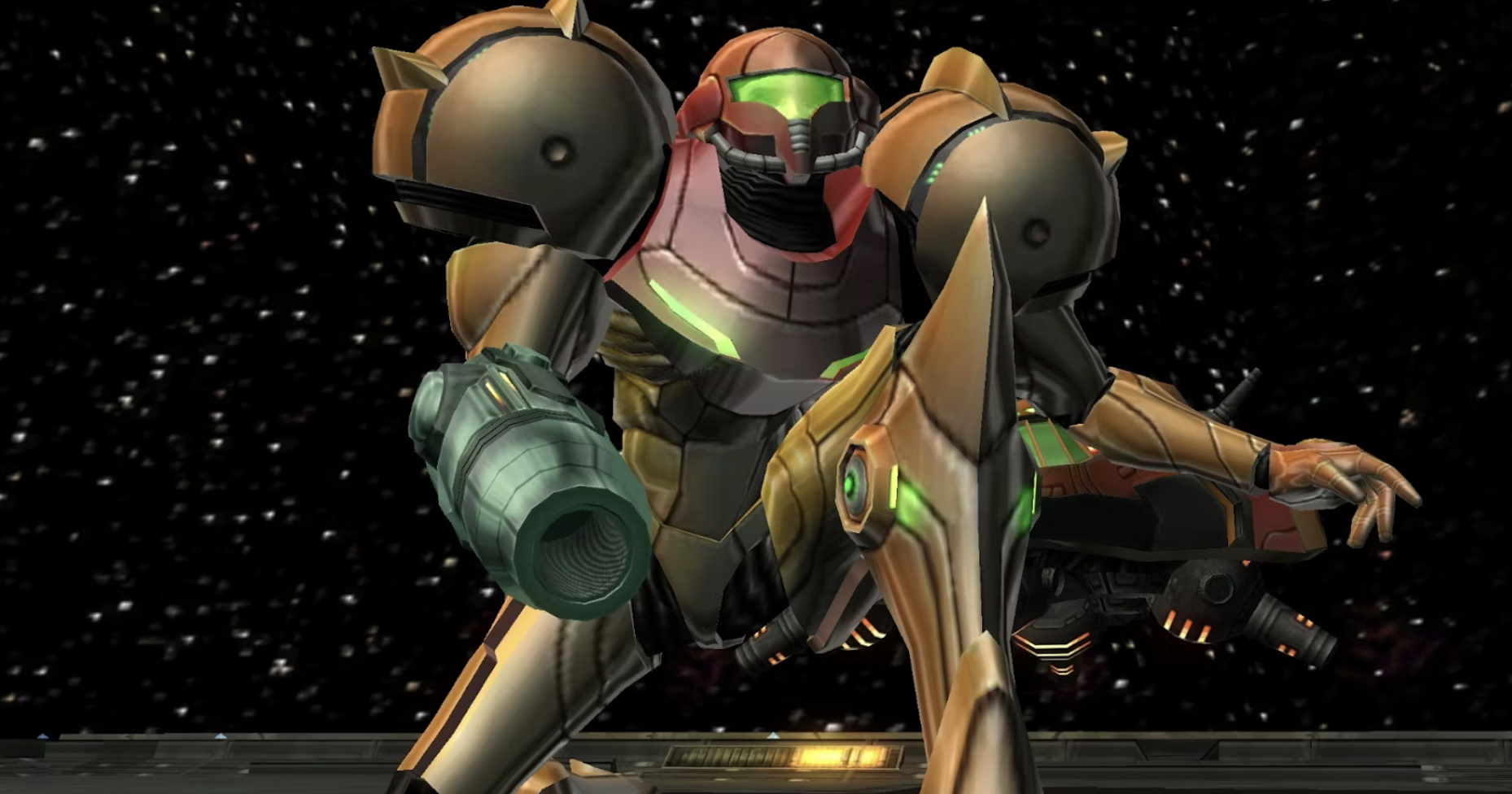
The popular mobile game Fruit Ninja, where players have to swipe fruit open while keeping their screen clear of hazards like bombs, uses this technique to show players just how valuable bomb deflects are. Bomb deflects allow the player to quickly clear their screen of bombs. Players start the game with just 3 bomb deflects. Once they run out, they can purchase more from the in-app store. Because players have learned how valuable they are, and because they have become used to owning some, they are more likely to purchase more bomb deflects when they run out.
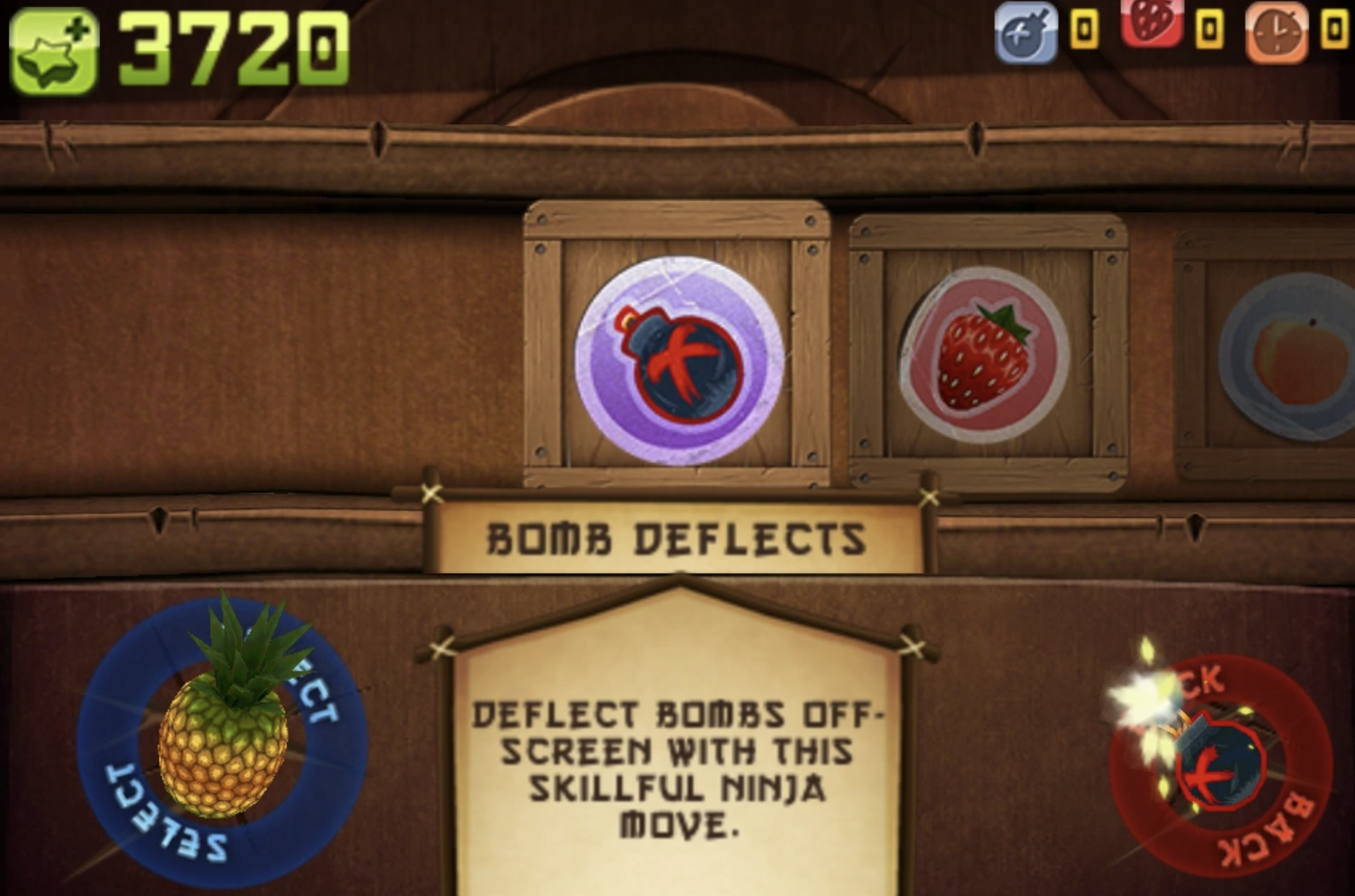
In behavioral science, we call this increased value people attach to things they already own the ‘endowment effect.’ So how can product managers use the endowment effect and the power of experiencing a product’s or service’s most powerful features to change their users’ behavior? Product managers and designers can:
- Provide a limited number of free samples and/or uses
- Give time-limited access to powerful or premium features
- Let users try premium features in a sandbox environment
- Allow users to try premium features without saving or downloading their results
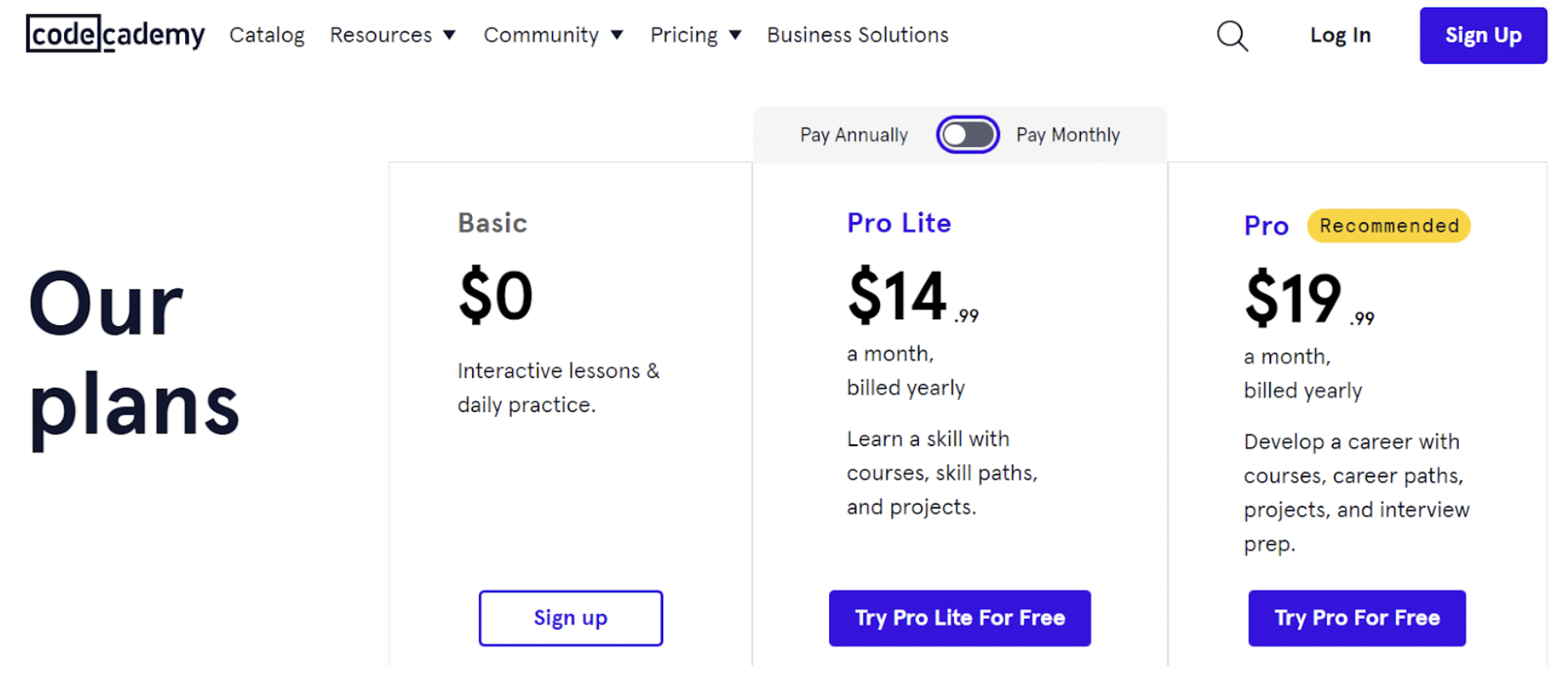
Codecademy, for example, lets new users try their pro lite and pro versions for free. This helps users understand the benefits of advanced features like interview preparation. While Codecademy offers their free trial on condition of entering your credit card details and setting up a payment you’ll later need to cancel, you can leverage the power of trials and the endowment effect without signing users up for a payment plan they need to cancel. In the right context, this can even increase trust and reciprocity between the user and your product or service. At Irrational Labs, we work with companies to help them navigate these nuances and achieve the greatest impact.
Behavioral Game Design Lesson 5: Leverage Feedback and Leaderboards
As humans, we are competitive creatures by nature. This is one of the reasons we love games so much. Games, after all, give us the opportunity to test our skill and get clear feedback on our abilities. Feedback helps us learn, while competitive leaderboards give us the chance to indulge in a little harmless social gloating.
One of the likely reasons for Wordle’s runaway success was that it allowed players to easily compare themselves to others and share their scores with friends, scratching the itch for feedback and friendly competition.

When giving feedback, it’s important to make it meaningful and comparative. For example, simply telling users they opened your app 3 times today is not meaningful. Did opening the app 3 times today help users get closer to their desired goal? Is 3 times too much or too little? The fitness tracking app Strava provides powerful feedback for athletes and amateurs alike. Users can compare themselves to others using leaderboards – and can compare their own performance over time by looking at how their weekly effort compares to previous weeks.
Product managers can improve engagement and help users achieve their goals by including useful feedback and leaderboards. Setting your users up for success pays dividends in engagement – and if you can help people stay healthier in the process, all the better.

Behavioral Game Design Lesson 6: Use Breadcrumbing to Help Users Navigate
Remember Hansel and Gretel? In the fairy tale, an evil witch leads Hansel and Gretel deep into the forest hoping to lure them into lunch – well, into being lunch. But as we know, Hansel and Gretel are too smart for the evil witch. They escape using a trail of breadcrumbs that Hansel leaves behind as they are led deep into the forest.
News flash: game designers are smart too. Breadcrumbing has been used in games for decades to suggest to players where they should go. In Spyro the Dragon, players are guided to key objectives by colorful gems. Importantly, players are also rewarded with a higher score for collecting more gems.
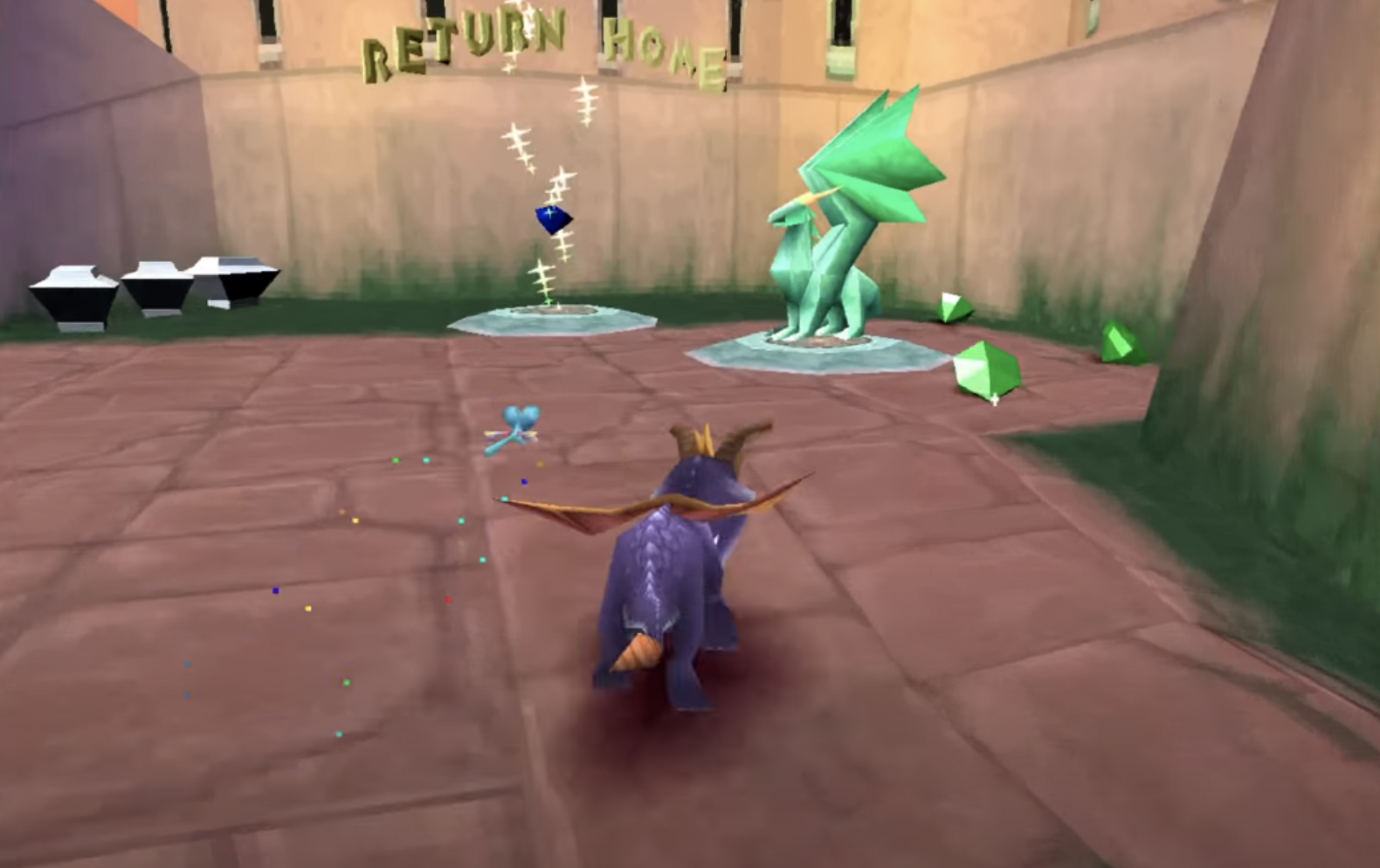
There are some important behavioral insights here for product managers and UX designers. If you want a user to take a certain path through your website or your app, you should make the path clear – and provide small but instant rewards for every correct step the user takes on it.
Lyft uses breadcrumbing to great effect when introducing new product features. When they added the ability for users to rent cars through the app, they left breadcrumbs in the form of overlay notifications and bright dots to attract users to click on the new car rental icon. When users click on the rental icon, they get $30 off their first rental. This helps users form a mental model that exploring new features will be rewarded. That makes them likelier to try new features in the future.
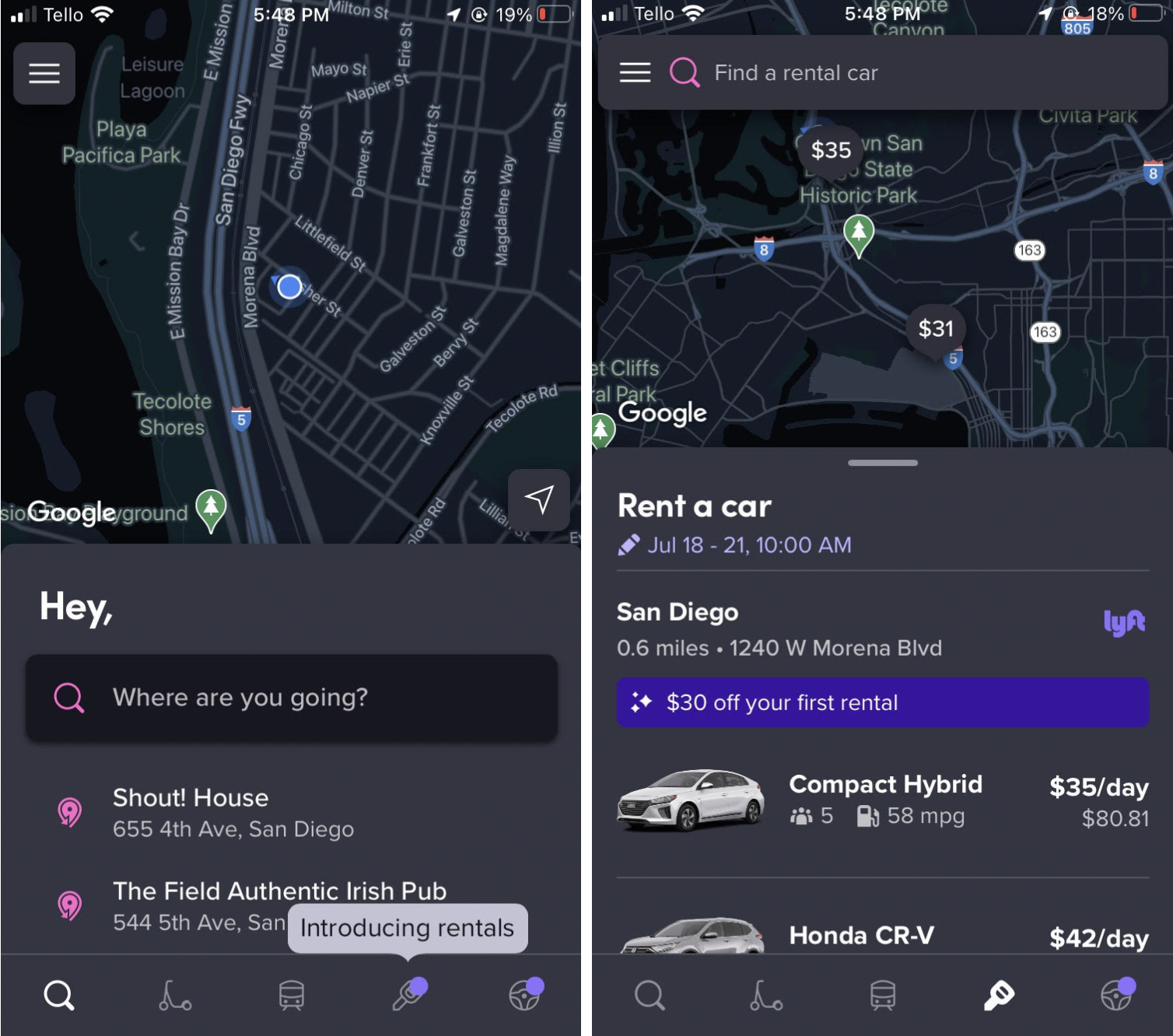
Behavioral Game Design Lesson 7: Customize Your UX Based on Your Users’ Needs with Day / Night Cycles
As anyone who lives with a morning person knows, people can have very different needs depending on the time of day. In the morning getting a coffee can be mission-critical, while in the evening all we want to do is curl up with a new episode of Ted Lasso.
Game designers often include day / night cycles in their games that change the player’s possibilities depending on the time of day. This helps to keep familiar game areas fresh, and can reward the player for returning to the same area at different times. In the stealth action game Metal Gear Solid 5, players can change the environment from day to night by smoking a cigar. At night, sneaking becomes easier as players can use shadows to hide from enemy guards. The guards’ behavior changes too, with new patrol patterns and the use of searchlights to keep players on their toes.

Thinking about how users’ needs differ throughout the day, or in different locations, can help product managers design features that deliver what users need when they need it. For example, Doordash could show different food options depending on the time of day, or Lyft could prompt users to use safety features like ride tracking specifically after sundown.
Applying Deep Insights to Change Human Behavior
Not only are games fun – they can also give us real insights into human behavior. At Irrational Labs, we specialize in providing and applying behavioral insights from game design, gamification, psychology, and our experience working with some of the biggest names in health, tech, and finance.
If you have a behavior change problem that you just can’t seem to solve, we would love to hear from you and help you get a high score with your customers!
Want to dive deeper into how behavioral design works? Read about an alumnus’s Bootcamp experience. Ready to really up your game? Enroll in our Behavioral Economics Bootcamp to learn from senior behavioral scientists.
